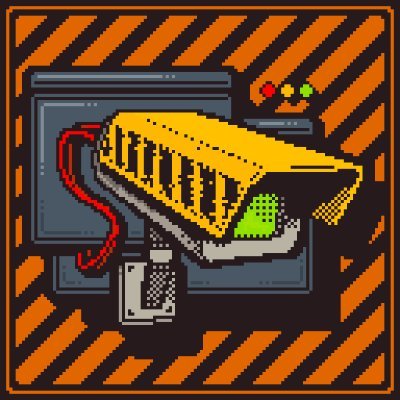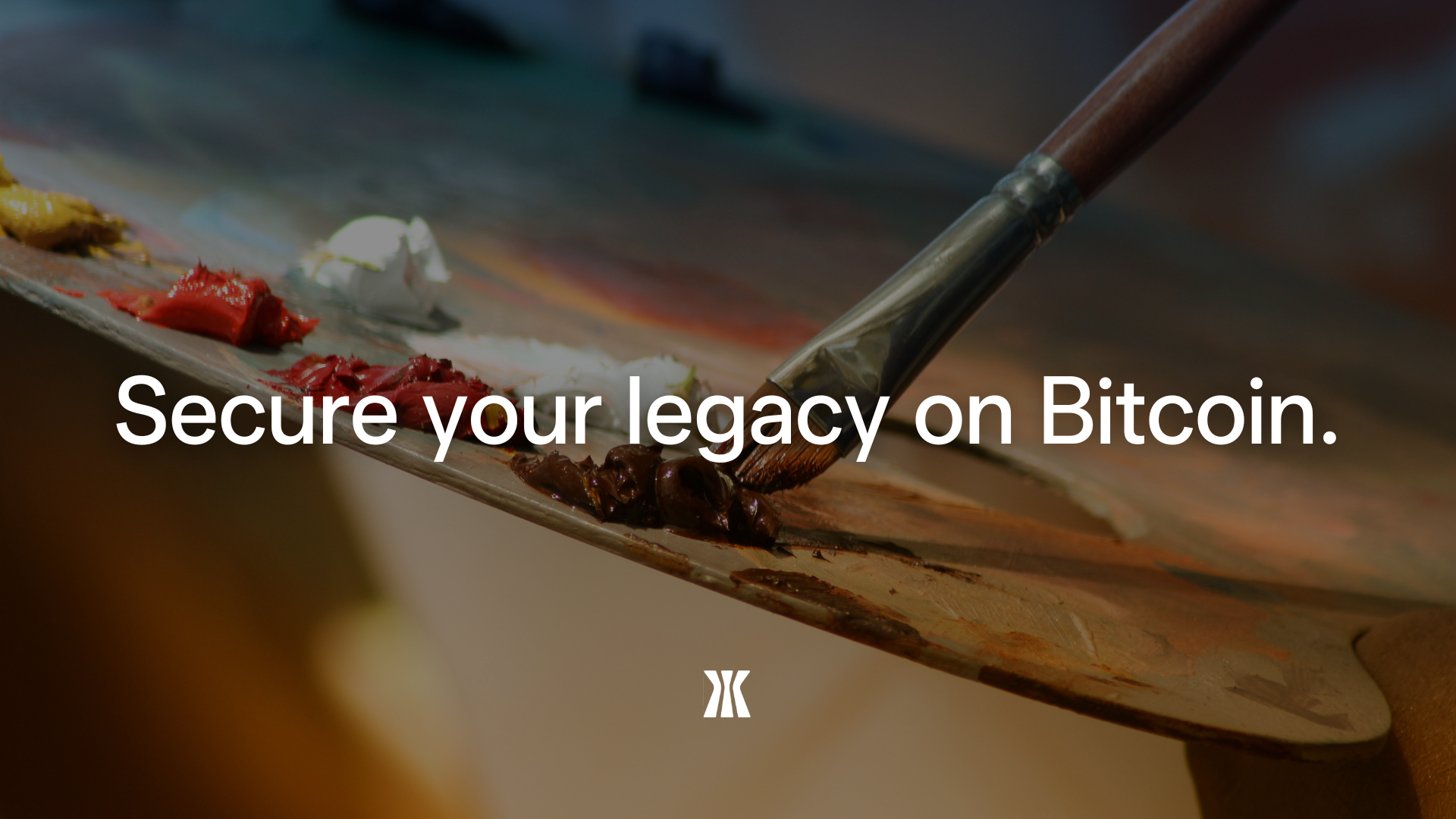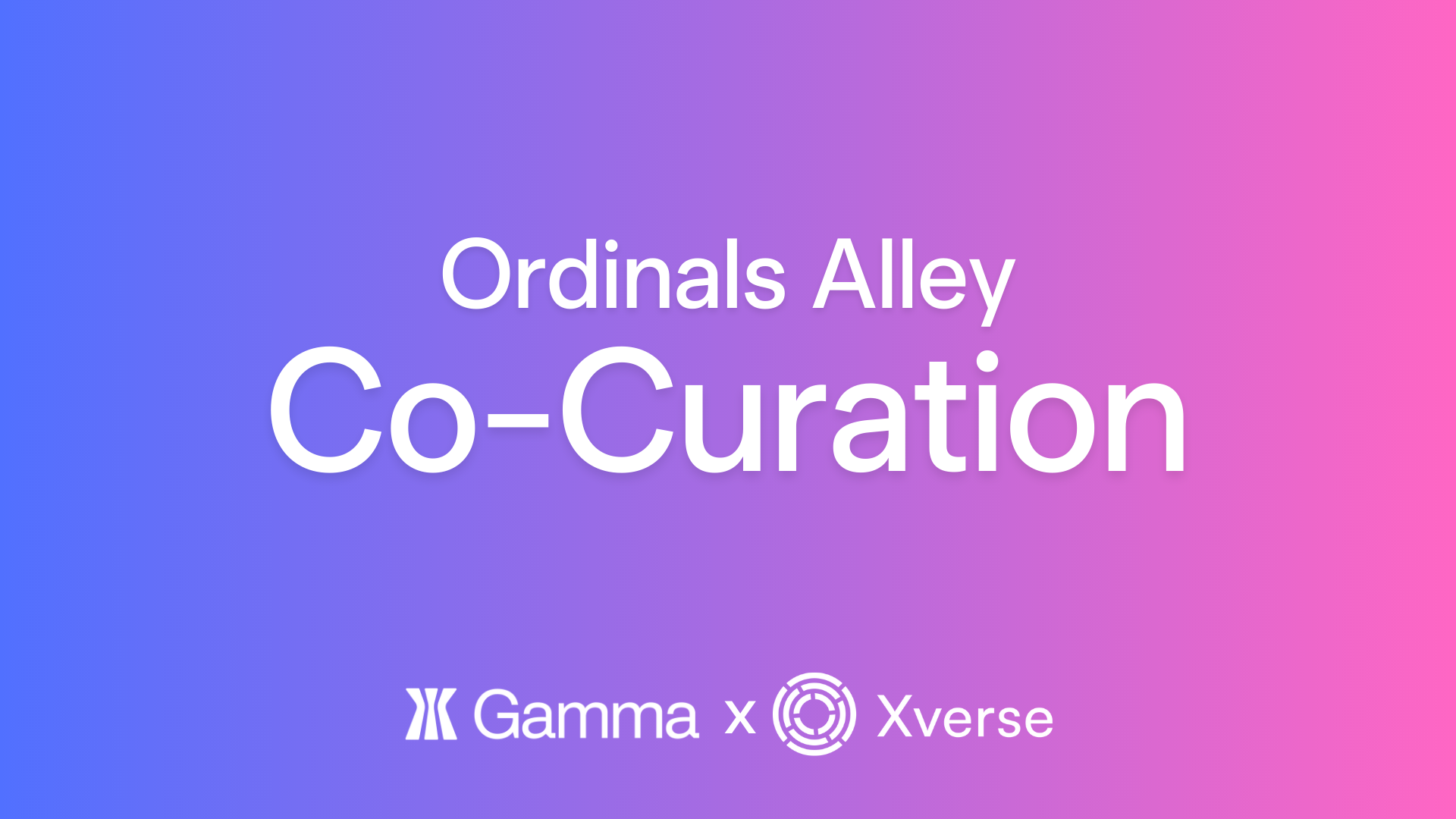Making Art for the Bitcoin Blockchain
I've been thinking a lot about what it means to inscribe artwork onto the Bitcoin blockchain. Not just posting it somewhere online—but committing it, forever, to a block. Permanent. Immutable. Brutally limited.
There’s no server. No external host. Every byte of your image is the inscription.
Which means file size? It matters. A lot.
But here's the thing: compression isn't just a technical fix. It can be part of the concept. The texture. The message.
🧠 Rethinking Compression: It Starts in the Studio
We often treat compression as a last step—export the file, dial the quality down, done.
But if you want your work to live on-chain—and feel like it belongs there—compression has to be part of your process from the start.
Some things that help:
- Subject: Simpler = better compression
- Detail: Fewer gradients and soft textures = tighter files
- Resolution: You don't need 3000px-wide canvases. Try 800px or even less.
These aren't limitations. They're creative constraints. And in the right hands, they shape the style of your work in really interesting ways.
🌀 What Is Compressionism?
You might’ve seen this term floating around—and if not, I think you’ll like it:
Compressionism is a contemporary art movement that embraces the constraints imposed by digital file compression algorithms as a unique medium for artistic expression.
Rather than fighting compression, Compressionist artists lean into it. They intentionally reduce file sizes, allowing glitches, artifacts, and data loss to become part of the aesthetic.
The result? A style that walks the line between clarity and abstraction—between intention and machine error.
Compressionism explores the tension between fidelity and abstraction, and invites viewers to engage with artifacting, pixelation, and distortion as integral components of the experience.
It’s especially fitting for on-chain art. Because when the medium is the message, compression becomes more than a necessity—it becomes a statement.
🧵 Dithering: Preserving Texture in Tight Spaces
One underrated trick in the compression workflow is dithering—a way of simulating texture or gradients using limited colors.
Dithering breaks up areas of tone into pixel patterns, which:
- Reduces file size
- Preserves contrast in low-resolution or low-color-depth environments
- Adds texture that feels intentional, not degraded
You’ve probably seen this in old-school pixel art, but modern dithering tools let you apply it to photos, illustrations, and anything in between.
It’s especially useful when working with formats like GIF, PNG-8, or very compressed JPEGs—and fits perfectly with a Compressionist approach.
🔧 Tools to Help You Compress Smarter
Here’s a list of tools I’ve found helpful—some are web-based, some desktop, some command-line. Use whatever fits your workflow:
🖼️ Image Compression & Optimization
- TinyPNG – Great for PNG and JPEG, smart lossy compression with a simple drag-and-drop UI
- Squoosh – Google’s open-source image optimizer, with visual quality comparison sliders
- ImageOptim – Mac app for stripping metadata and compressing PNGs, JPEGs, and more
- JPEGmini – Lossy JPEG optimization with minimal visual quality drop
🎛️ Dithering & Pixel Manipulation
- Dither It! – Upload any image and apply a range of dither styles + color limitations
- Dither.diid.art – Experimental dither tool with great color control and aesthetic results
- Photopea – Free Photoshop-like web editor that supports indexed color + dithering workflows
🧰 Command Line Tools (Power Users)
- imagemagick – Resize, compress, convert, dither—endlessly powerful
- ffmpeg – Essential for audio/video compression
- gifsicle – Compress and optimize GIFs specifically
💾 Animation & Audio Tips
- Avoid heavy GIFs – Convert to MP4 or WebM
- Compress audio – Use MP3, Opus, or AAC with lower bitrates (64–128 kbps for speech/music)
- Crop + trim – Cut out blank space and silence wherever possible
🎯 Final Thoughts
On-chain art is all about intentionality. You're not just showing a piece of work—you're committing it to digital stone. Forever.
Compression isn’t just a workaround—it’s part of the ritual. It forces you to decide: what really needs to stay?
Compressionism finds beauty in the artifacts of data reduction, and offers a commentary on the increasingly digitized nature of contemporary culture.
When you create with that in mind, the constraints stop feeling like a barrier—and start becoming your aesthetic.




